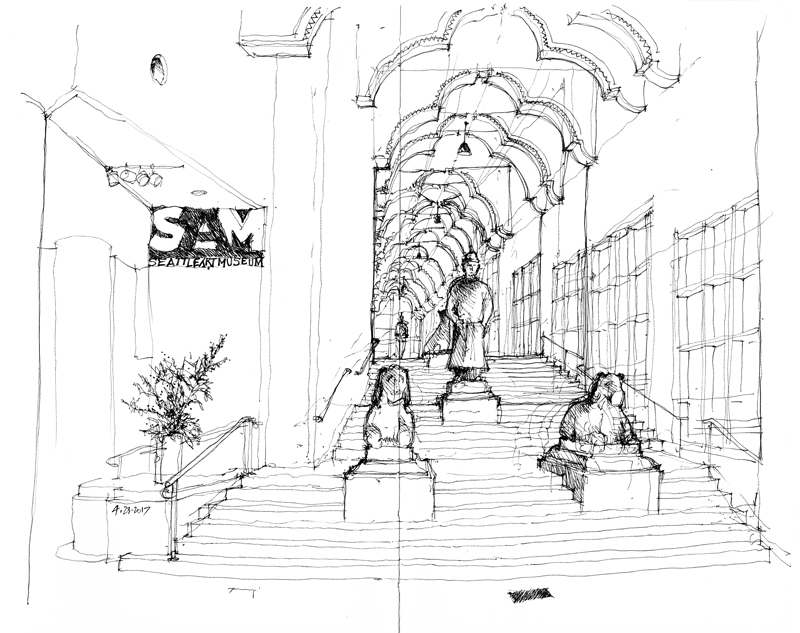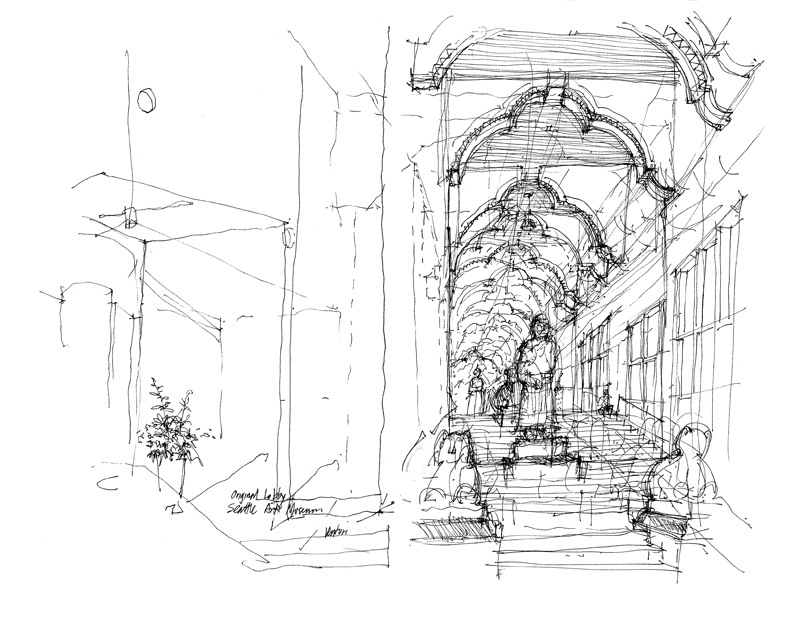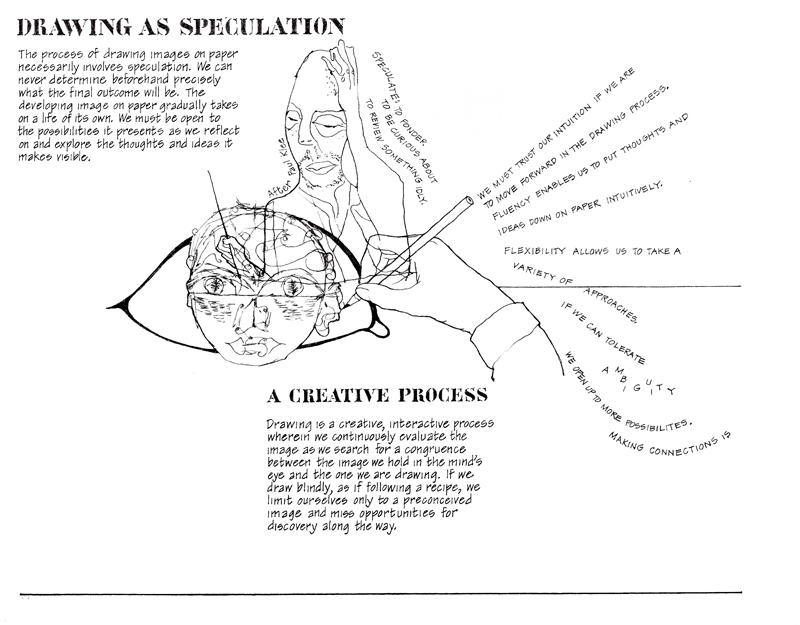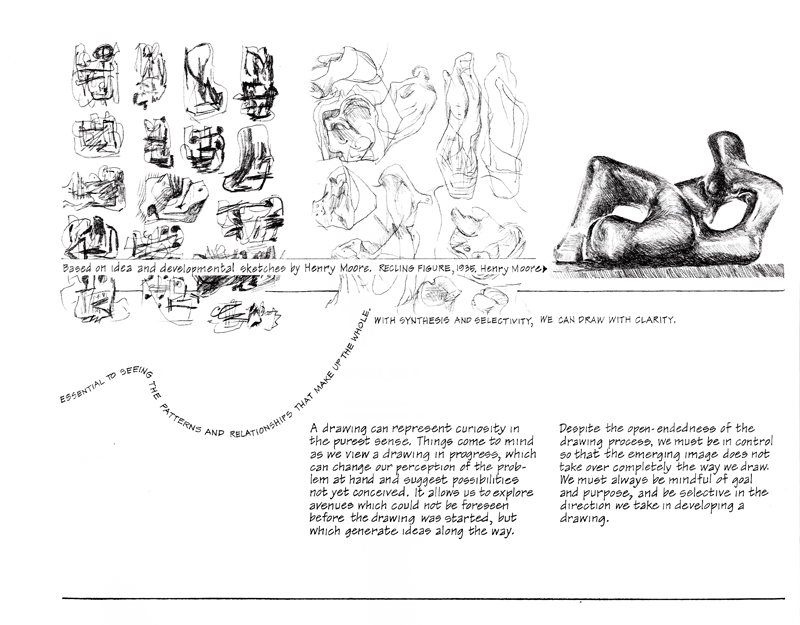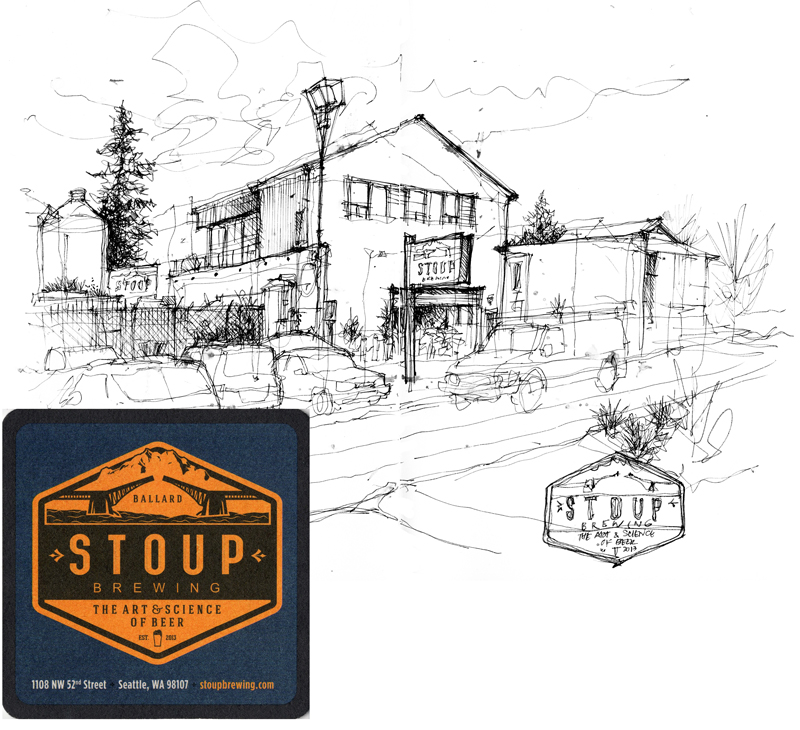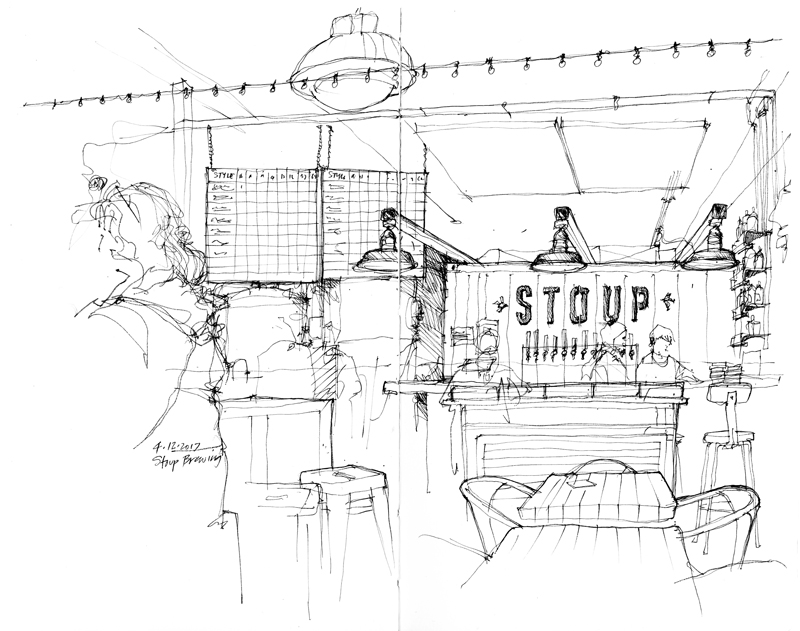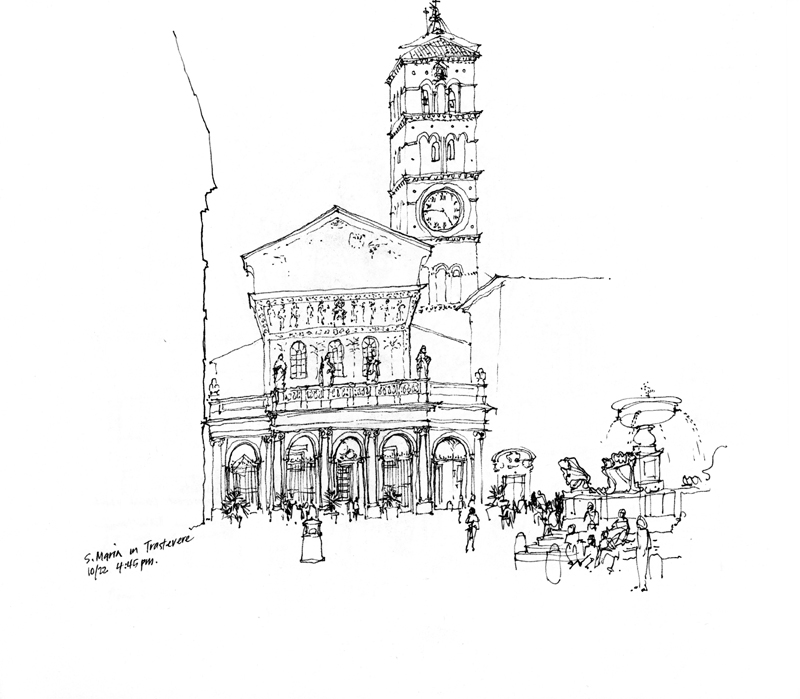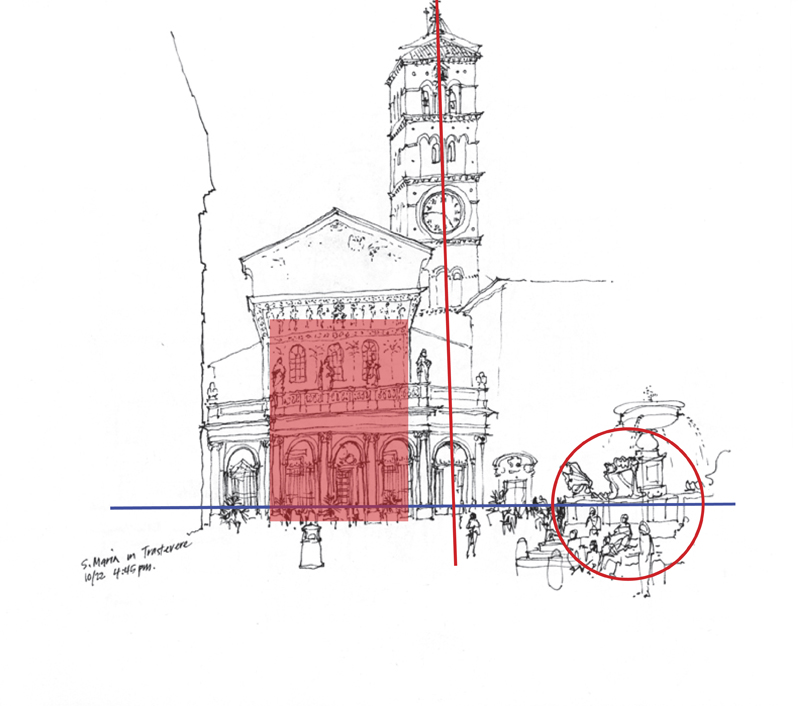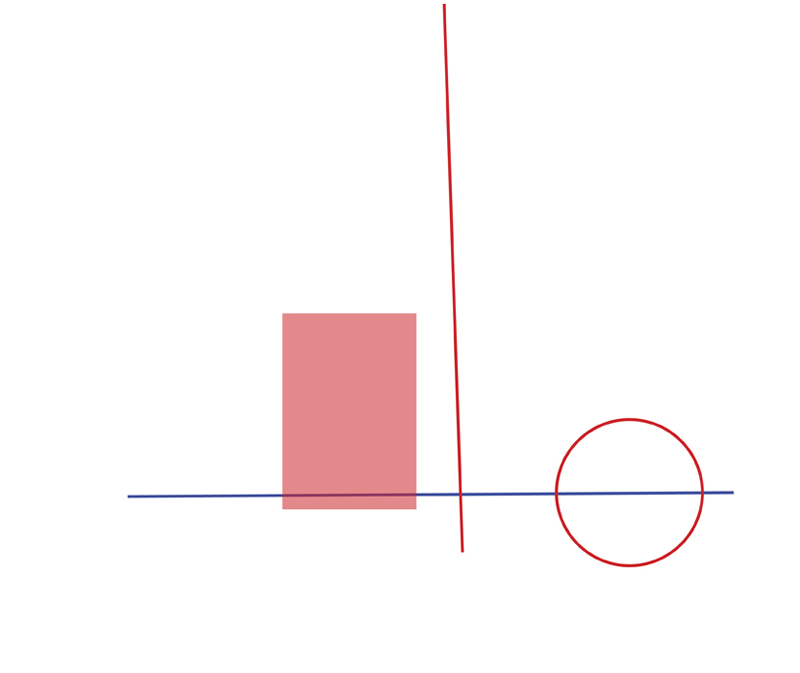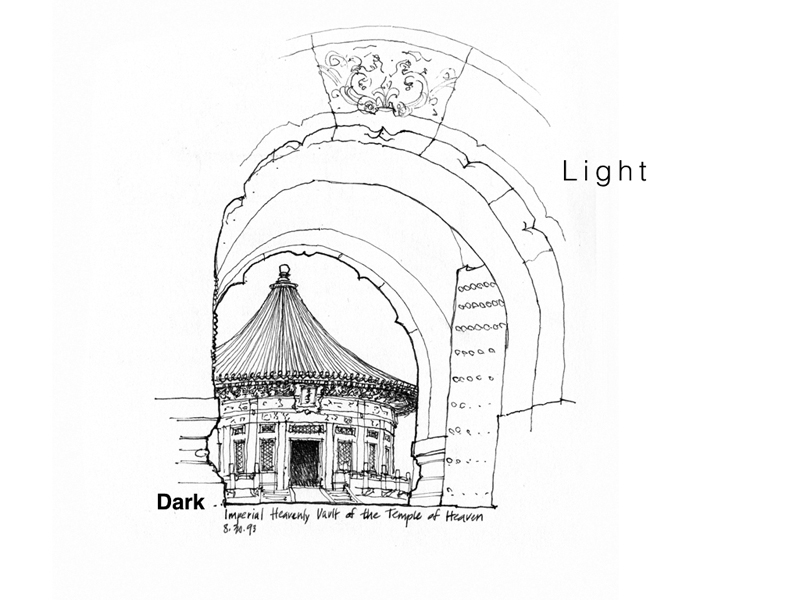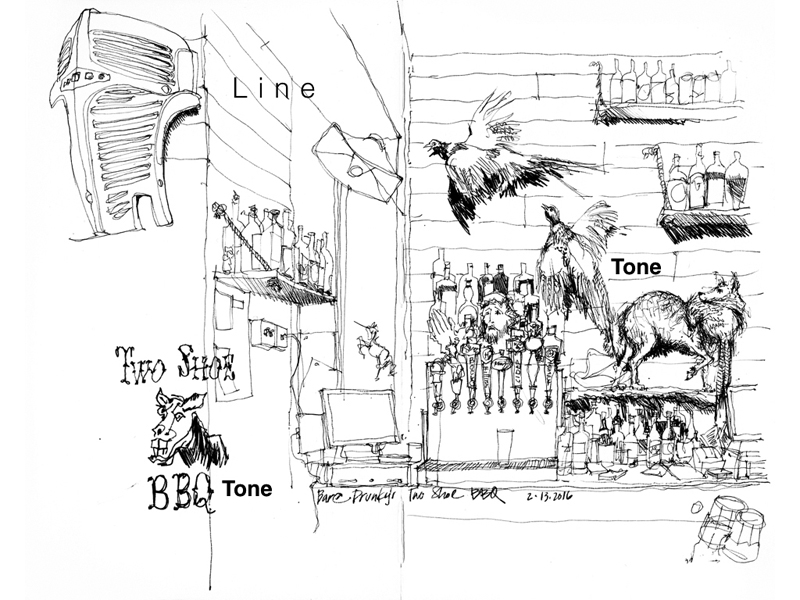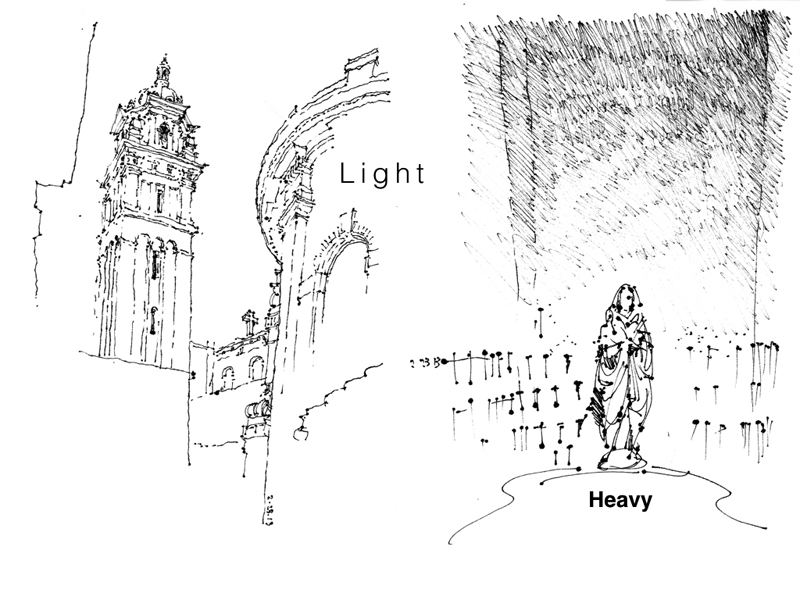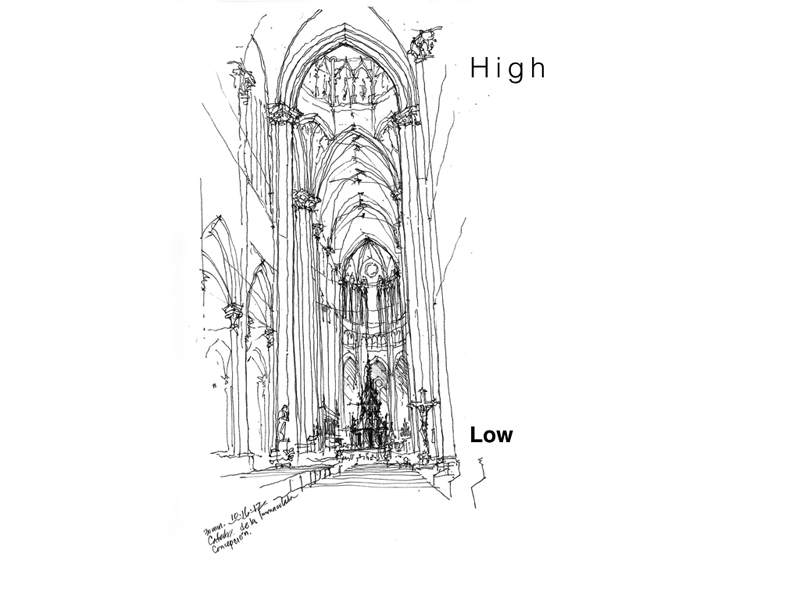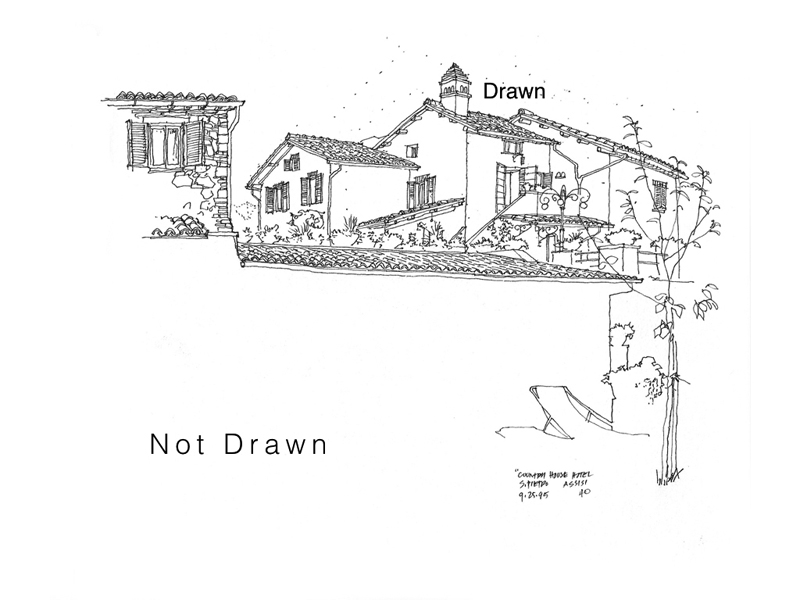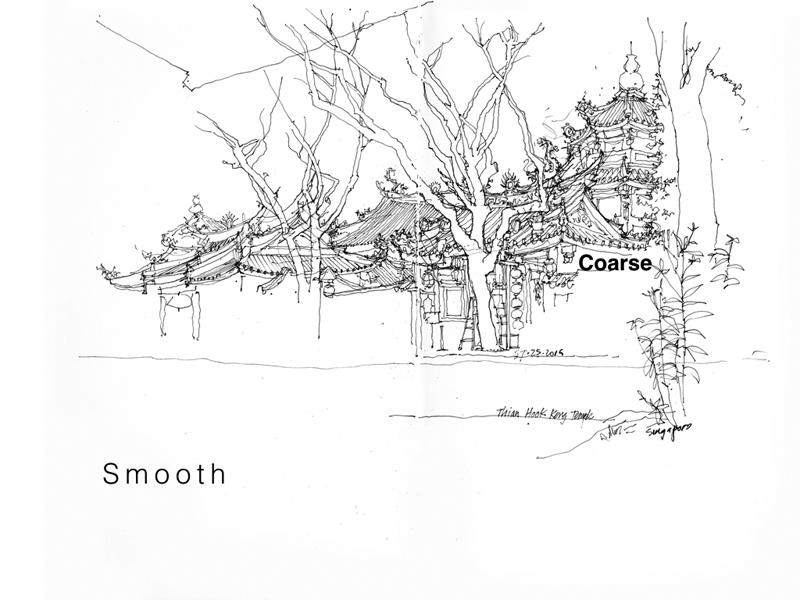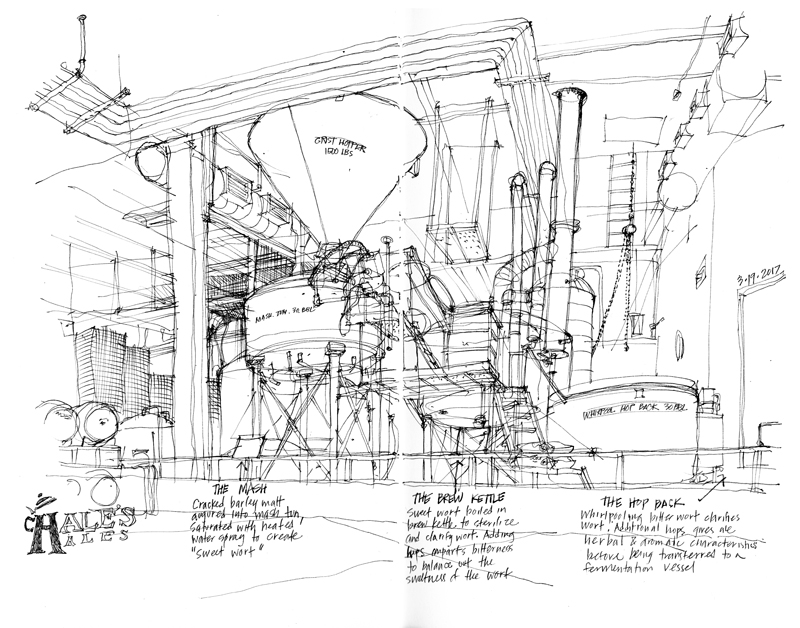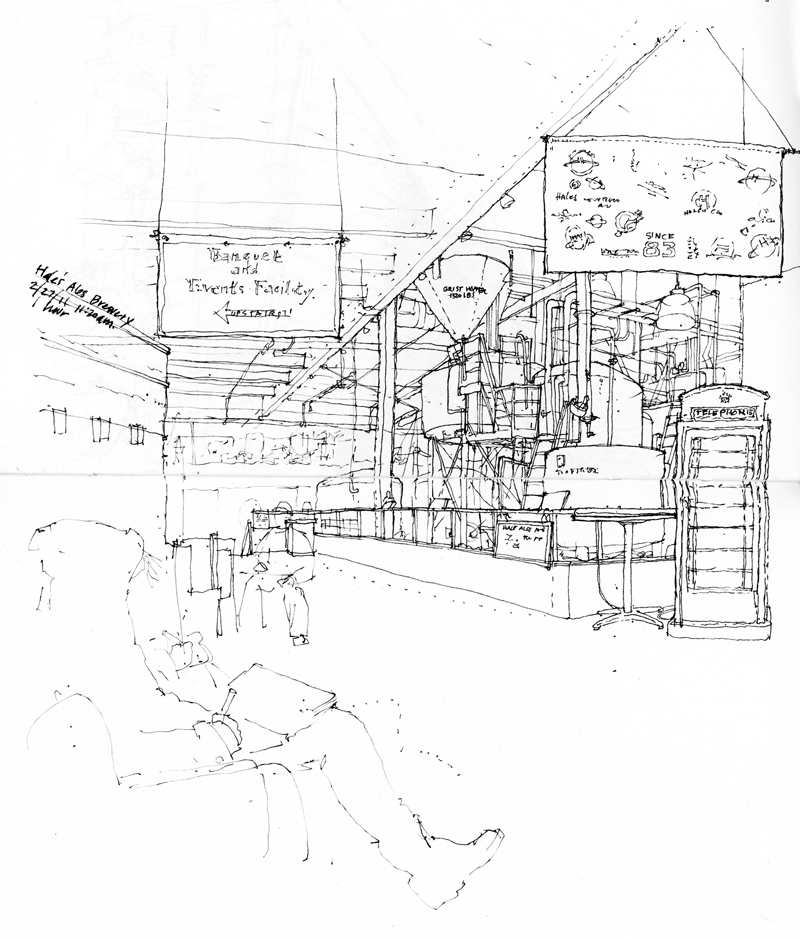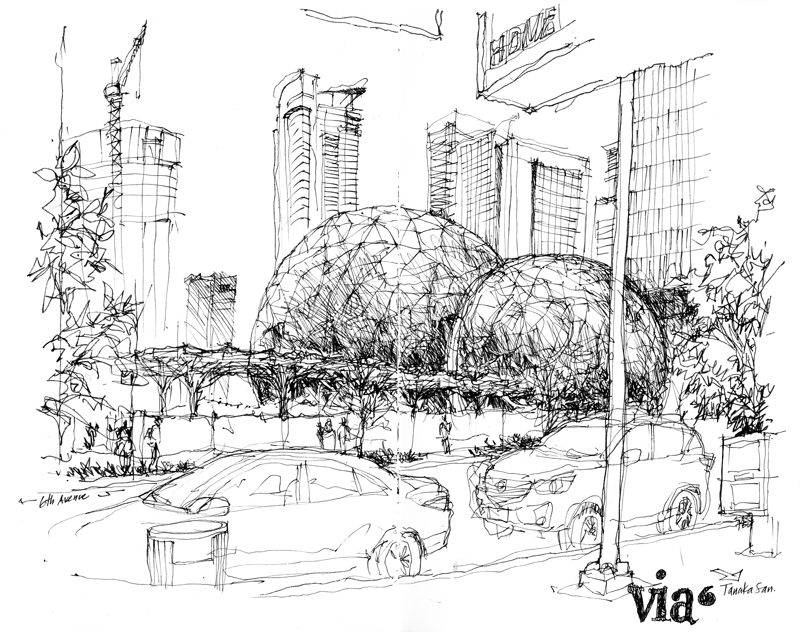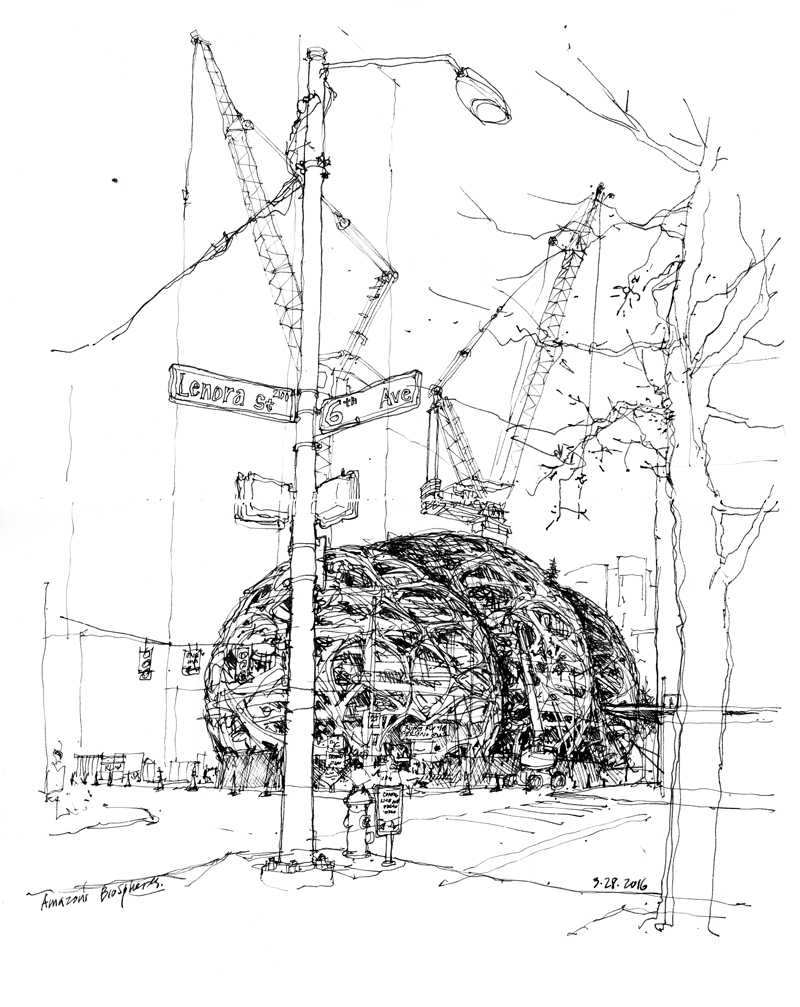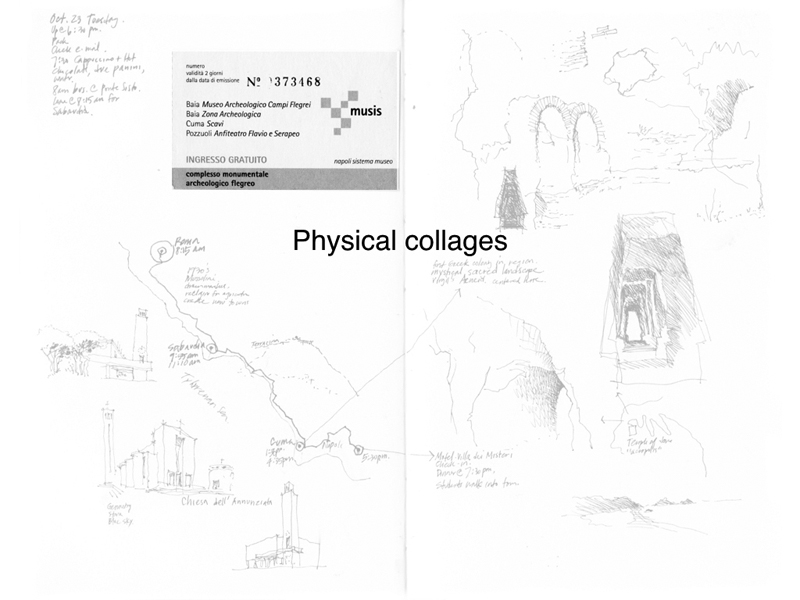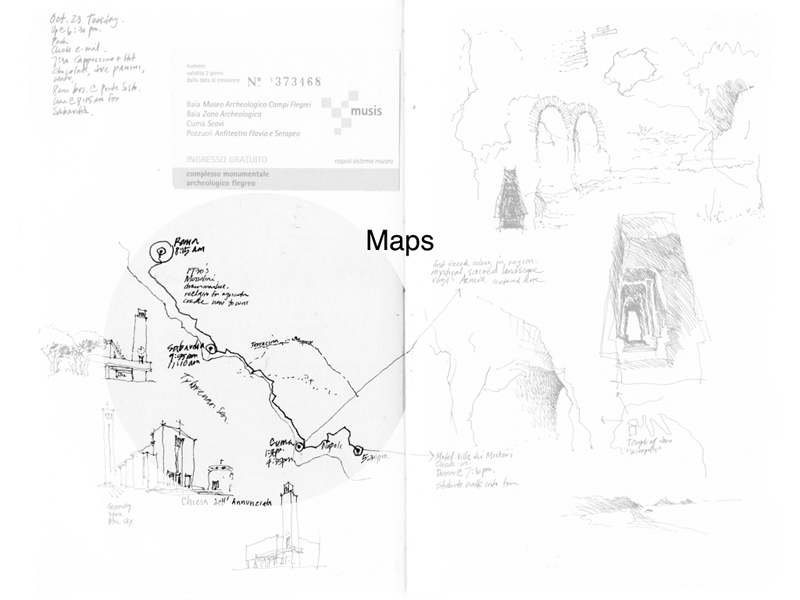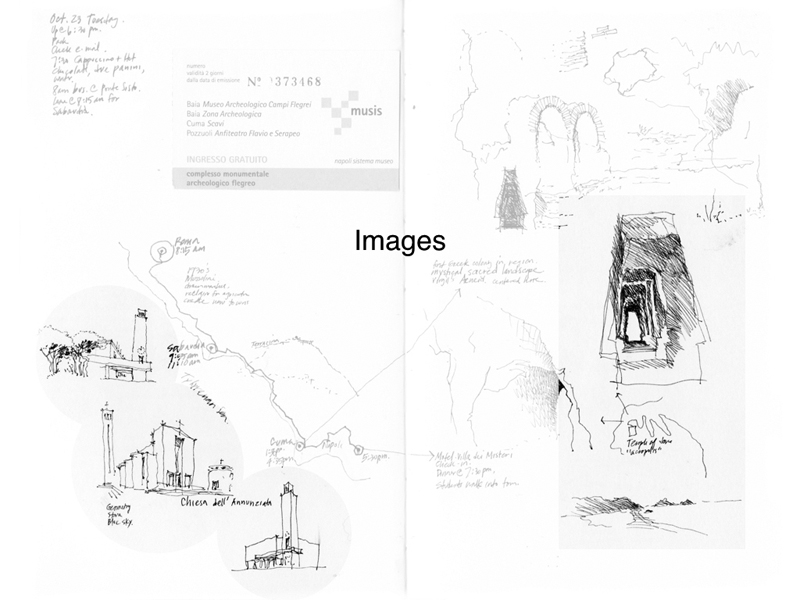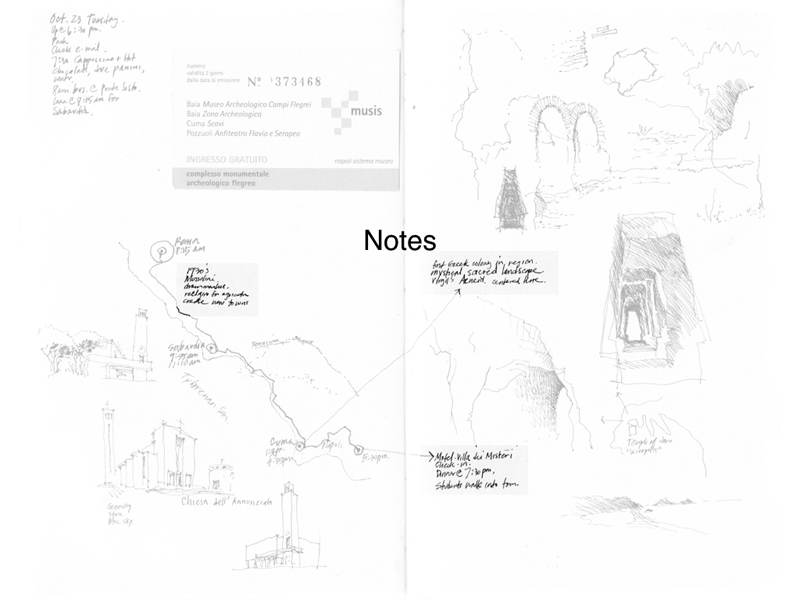“We put thirty spokes together and call it a wheel;
But it is on the space where there is nothing
that the utility of the wheel depends.
We turn clay to make a vessel;
But it is on the space where there is nothing
that the utility of the vessel depends.
We pierce doors and windows to make a house;
and it is on these spaces where there is nothing
that the utility of the house depends.
Therefore, just as we take advantage of what is,
we should recognize the utility of what is not.”
Lao-tzu
Tao Te Ching
6th century BC
A related Japanese aesthetic concept is MA, the essential emptiness that surrounds all things. Think of the spaces necessary to form words from a sequence of letters, or the silences that make the music from a sequence of notes.


